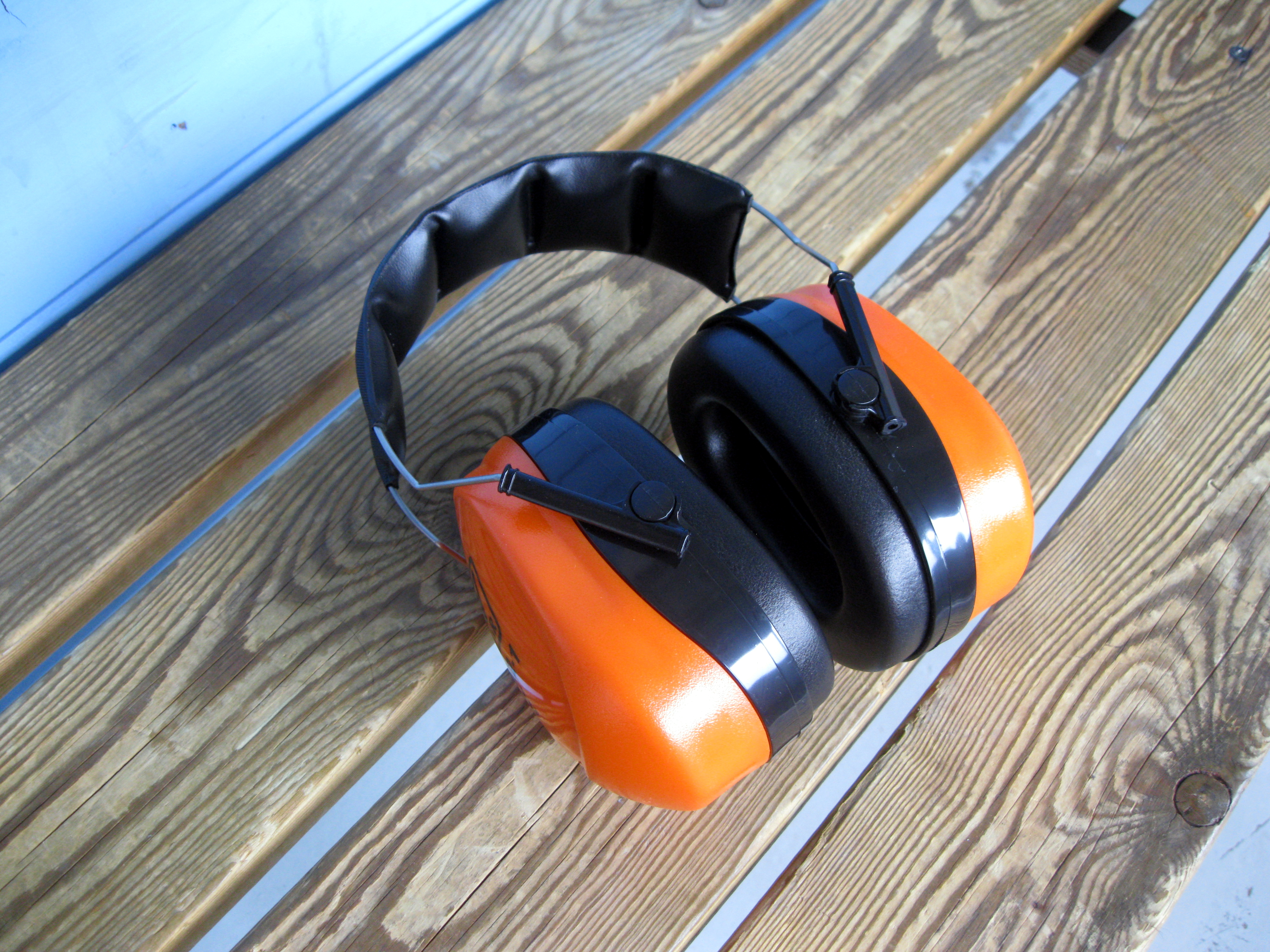News and Updates
Category: Audio
OSHA Hearing Conservation: How Loud Is Too Loud?
We mentioned back in August that OSHA’s Region 5 would begin a Regional Emphasis Program (REP) on Exposure to Noise Hazards in the Workplace. This brings up a question that our safety team hears often – how loud is too loud? The most common answer you’ll hear is between 85 and 90 decibels (dB). That’s roughly the same level of noise you’d be exposed to while operating a lawn mower. Although this is OSHA’s action limit and PEL (permissible exposure limit), there’s still more to think about. If you need to raise your voice to speak to someone three feet away, or employees voice concerns about trouble hearing or ringing in the ears - noise levels might be over 85 dB. The occupational noise exposure standard requires that all employees exposed to noise levels 85+ dB on an 8-hour shift (TWA, or time weighted average) must be included in a hearing conservation program. The CDC estimates that 22 million workers are exposed to potentially damaging noise at work each year. Whether you work at a sports venue, on a tarmac, or operate a jackhammer—hearing loss is preventable. Hearing conservation programs strive to prevent initial occupational hearing loss, preserve and protect remaining hearing, and equip workers with the knowledge and hearing protection devices necessary to safeguard themselves. A good first step is having a noise s


